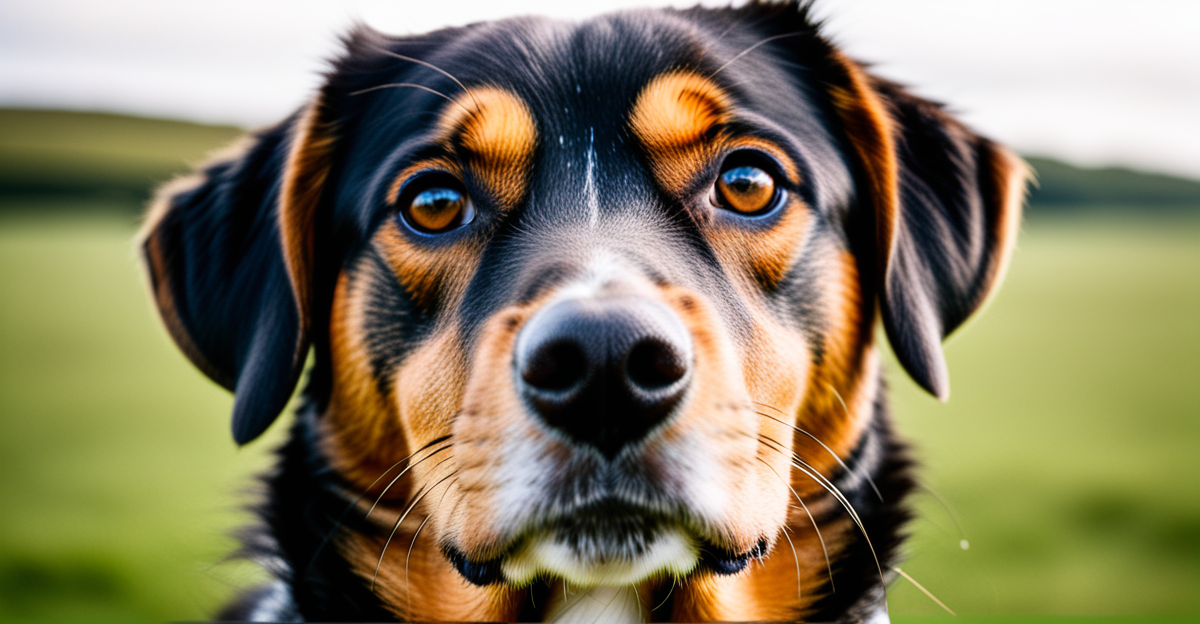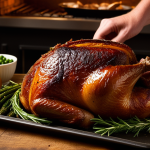Ensuring Your Pet’s Safety and Comfort During UK Travel
Creating a pet-safe travel UK environment is essential for both your pet’s wellbeing and your peace of mind. Start by securing your pet properly with appropriate carriers or restraints designed for UK travel conditions. This prevents sudden movements that could cause injury or stress.
Recognising signs of distress is crucial. Common indicators include excessive panting, whining, trembling, or attempts to escape. If these signs appear, pause and provide comfort immediately. Use calming phrases and gentle petting to reassure your companion. Avoid loud noises and abrupt movements, which can heighten anxiety.
Also to discover : What Are the Historical Origins of Popular Pet Breeds in the UK?
Prioritising pet comfort also means maintaining familiar routines during the journey. Offer your pet’s favourite blanket or toy to create a sense of security. Keep hydration and temperature control in mind, especially when travelling by car or train in the variable UK climate.
By focusing on pet wellbeing travel practices, such as keeping rest intervals and monitoring behaviour, you make journeys less stressful. These strategies ensure your trip not only complies with UK travel demands but supports a calm, safe, and comfortable experience for your pet.
Also read : What are the best ways to train a rescue pet in the UK?
Ensuring Your Pet’s Safety and Comfort During UK Travel
Creating a pet-safe travel UK environment starts with immediate, practical steps to secure your pet during the journey. Use carriers or restraints specifically designed for UK travel to prevent injury and reduce stress. Ensuring the carrier size is appropriate and well-ventilated supports pet comfort throughout the trip.
Recognising signs of distress early is vital in maintaining your pet’s wellbeing. Common indications include excessive panting, whining, trembling, and escape attempts. If these signs appear, promptly provide reassurance through calm tones and gentle petting. Quick intervention can prevent escalation of anxiety, enhancing pet wellbeing travel outcomes.
Travel planning should prioritise minimizing stress by incorporating familiar items such as favourite blankets or toys inside carriers. This familiarity promotes pet comfort even in unfamiliar settings. Hydration and airflow are also key factors; avoid overheating or chilling by regularly checking the travel environment.
By addressing safety, comfort, and stress recognition together, you create a strong foundation for successful and safe traveling with pets UK. This approach not only meets UK travel expectations but ensures your pet’s journey is as comfortable and secure as possible.
Essential Preparations Before You Travel
Preparing thoroughly for pet travel preparation is key to smooth and safe journeys with your pet in the UK. Start with a comprehensive checklist tailored to UK pet travel requirements. This list should include essential documentation such as your pet’s vaccination records, microchip information, and any required pet passports or certificates. Compliance with these legal needs ensures hassle-free entry and exit at borders.
To ready your pet, introduce gradual exposure to travel scenarios. Familiarise them with carriers or crates well before departure, easing anxiety during actual travel. Early practice handling and short trips can boost your pet’s confidence and comfort.
Packing also demands attention with a clear pet packing list. Essential items include food and water bowls, preferred toys, bedding for comfort, and any medication your pet requires. Considering the unpredictable UK climate, pack weather-appropriate gear to maintain pet comfort on the road.
By addressing these points, your travel readiness aligns with UK regulations and enhances pet wellbeing travel from the outset, laying a strong foundation for an enjoyable trip.
Pet-Safe Transportation Methods in the UK
Traveling with pets in the UK requires choosing safe and pet-friendly transport options. The most common methods include car travel, train travel, taxis, and buses, each with specific considerations for pet-safe travel UK.
For car travel with pets, securing your pet in a proper carrier or using a crash-tested restraint system is essential. This not only prevents injury during sudden stops but also minimizes distraction for the driver. An appropriately sized, well-ventilated carrier enhances pet comfort throughout the journey.
Train travel permits pets on many UK trains but often requires reservations and adherence to size limits. Pets should remain in carriers or on leads to ensure safety and compliance with regulations. Using a comfortable pet carrier designed for trains supports pet wellbeing travel, reducing anxiety and stress.
Taxi and bus travel with pets is possible but varies by company policies. Confirming pet acceptance in advance and using a suitable carrier or restraint aligns with traveling with pets UK best practices.
By selecting the right transport and securing your pet properly, you create a safer, more comfortable travel experience tailored to UK conditions.
Ensuring Your Pet’s Safety and Comfort During UK Travel
Creating a pet-safe travel UK environment demands priority on safety and comfort from the start. Immediately securing your pet with a well-fitted carrier or crash-tested restraint is crucial. This not only prevents injury but also limits distractions during travel, fostering greater pet comfort. Ensure carriers allow adequate ventilation and enough space for your pet to sit or lie down comfortably.
Recognising stress signs in your pet is essential for traveling with pets UK. Common symptoms include excessive panting, trembling, restlessness, and vocalisations like whining or barking. If you notice these, respond promptly by pausing and offering gentle reassurance through calm tones or petting. This quick action supports pet wellbeing travel and can prevent anxiety from escalating.
Creating a secure and comforting travel atmosphere also means managing noise, temperature, and limiting exposure to sudden movements. By acting swiftly on stress indicators and maintaining consistent comfort measures, you reinforce a positive travel experience. This approach reduces anxiety, ensuring your journey meets both safety and pet comfort standards expected during pet-safe travel UK.
Ensuring Your Pet’s Safety and Comfort During UK Travel
Creating calm and secure journeys for your companion
Prioritising pet-safe travel UK means taking immediate measures to protect your pet throughout the journey. Use a carrier or restraint system that fits your pet well, ensuring it prevents escape and injury while allowing sufficient ventilation and room for comfort. Well-fitted carriers reduce stress and support pet comfort during travel.
Recognising signs of stress swiftly can significantly improve your pet’s experience. Symptoms like excessive panting, trembling, whining, or restlessness indicate anxiety. When these arise, pause your journey if possible, speak soothingly, and offer gentle physical reassurance. Quick, calming responses help preserve pet wellbeing travel and prevent escalation of distress.
Establishing a quiet, stable environment also supports your pet’s safety. Avoid sudden noises and harsh movements, which may trigger fear. Temperature control is vital; ensure the travel space remains neither too hot nor too cold to maintain pet comfort. By combining proper containment, attentive observation, and responsive care, you create a safer and more pleasant experience for your pet, embodying the best practices for traveling with pets UK.
Ensuring Your Pet’s Safety and Comfort During UK Travel
Creating a pet-safe travel UK environment starts with prioritising safety and comfort. Immediately securing your pet with a well-fitting carrier or restraint that meets UK standards is essential. These carriers should provide enough space for your pet to sit, lie down, and turn comfortably, ensuring pet comfort throughout the journey.
Recognising signs of stress while traveling with pets UK allows for quick intervention. Common distress signals include excessive panting, trembling, restlessness, and vocalising like whining. Responding promptly—pausing when possible to offer calm reassurance through gentle petting or soothing tones—helps maintain pet wellbeing travel and prevents worsening anxiety.
Maintaining a stable and quiet environment contributes greatly to reducing stress. Avoid loud noises and sudden movements, and regulate temperature to keep your pet comfortable in varying UK climates. Combining these measures forms the foundation of effective pet-safe travel UK, supporting both safety and comfort for your pet during every trip.




